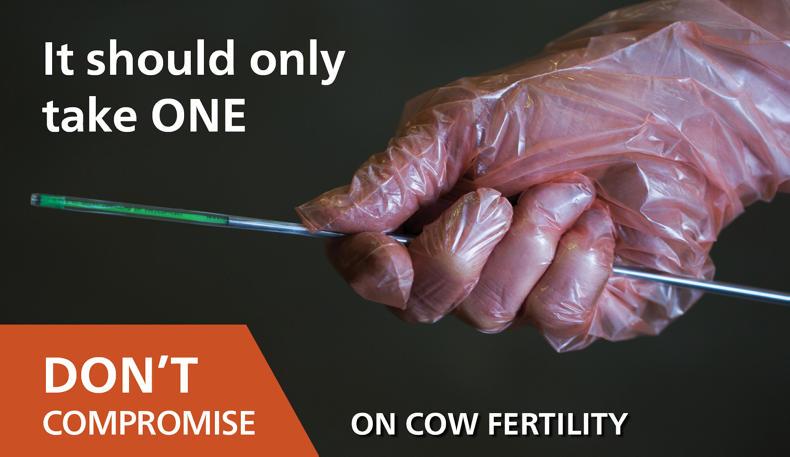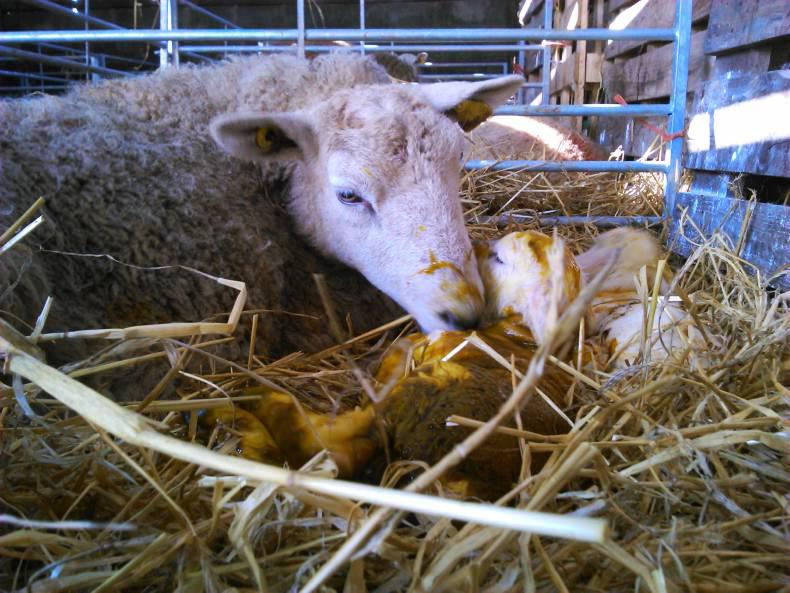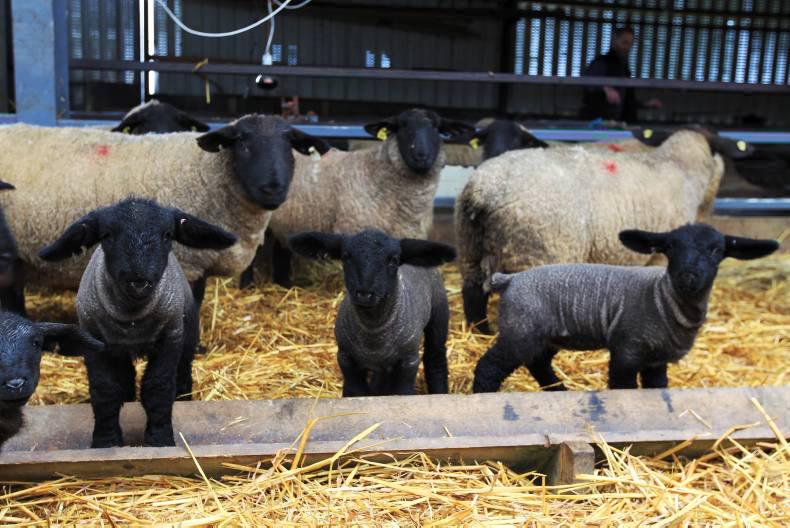Below are three management tips for a successful early lactation period.
In early lactation, cows will inevitably be in a negative energy balance, meaning they are not able to take in as much energy as they require because their peak milk yield occurs before their peak in dry matter intake. They will therefore lose a certain amount of condition. It is important to manage cows appropriately to minimise BCS loss during this period. It has been shown that the six week in calf rate significantly drops if cows lose more than 0.5 of a BCS in early lactation (Teagasc, 1999). In order to minimise body condition loss, it is important to feed a diet that will encourage intake and provide adequate energy.
Often in early lactation, cows are in a situation where they are being fed grazed grass, grass silage and concentrates.
2. Maximise immunity and health
Early lactation can be a period of stress for the cow, as there are a number of physiological and nutritional changes during this time. It is critical to ensure she has an optimal immune status during early lactation in order to maximise fertility. Some cows will have a higher risk of uterine infections due to retained placenta and metritis after calving. Uterine infections and ovarian problems will inevitably have an effect on fertility.
Trace minerals, such as selenium, play a key role in maintaining a healthy immune system in the period around calving. Other trace minerals, such as copper, and major minerals, such as phosphorus, play key roles in ovulation and cycling; if there is a deficiency in either, the possibility of anoestrus becomes more likely.
Research has proven that feeding these trace minerals in their organic form — for example, Bioplex® Copper, Bioplex® Zinc and Sel-Plex®, an organic form of selenium from Alltech —leads to these minerals being better absorbed, stored and utilised by the animal.
The rumen is essentially the engine that drives the cow. The key to getting more from feed is to ensure that the rumen is working as efficiently as possible. Increased nutrient absorption allows for more milk production and also reduces the need for the cow to take these valuable nutrients from its own body reserves. This depletion of body reserves lies at the core of cow health and infertility issues.
The rumen is not designed for abrupt changes, so it is therefore important to introduce any dietary changes gradually. It is recommended that cows are gradually introduced to grass in early lactation and, if possible, are brought in at night for the first seven to 10 days after calving. If turned out abruptly, it is likely that the cow’s grass intake will not be enough to meet her UFL requirements. This will have a negative impact on her BCS. The increase in starch and sugar levels in the diet during this period will cause an increase in the pH levels in the rumen. The use of Yea-Sacc® from Alltech has been proven to create a significantly higher rumen pH when fed to cows at grass in early lactation (Al Ibrahim et al., University College Dublin, 2013).
Early lactation can be a challenging time for farmers, but implementing these management tips will give your herd the best chance of getting back in calf this spring.
For more information please contact Alltech on 1850 44 22 44 or click here to visit the Alltech Ireland website.
Below are three management tips for a successful early lactation period.
In early lactation, cows will inevitably be in a negative energy balance, meaning they are not able to take in as much energy as they require because their peak milk yield occurs before their peak in dry matter intake. They will therefore lose a certain amount of condition. It is important to manage cows appropriately to minimise BCS loss during this period. It has been shown that the six week in calf rate significantly drops if cows lose more than 0.5 of a BCS in early lactation (Teagasc, 1999). In order to minimise body condition loss, it is important to feed a diet that will encourage intake and provide adequate energy.
Often in early lactation, cows are in a situation where they are being fed grazed grass, grass silage and concentrates.
2. Maximise immunity and health
Early lactation can be a period of stress for the cow, as there are a number of physiological and nutritional changes during this time. It is critical to ensure she has an optimal immune status during early lactation in order to maximise fertility. Some cows will have a higher risk of uterine infections due to retained placenta and metritis after calving. Uterine infections and ovarian problems will inevitably have an effect on fertility.
Trace minerals, such as selenium, play a key role in maintaining a healthy immune system in the period around calving. Other trace minerals, such as copper, and major minerals, such as phosphorus, play key roles in ovulation and cycling; if there is a deficiency in either, the possibility of anoestrus becomes more likely.
Research has proven that feeding these trace minerals in their organic form — for example, Bioplex® Copper, Bioplex® Zinc and Sel-Plex®, an organic form of selenium from Alltech —leads to these minerals being better absorbed, stored and utilised by the animal.
The rumen is essentially the engine that drives the cow. The key to getting more from feed is to ensure that the rumen is working as efficiently as possible. Increased nutrient absorption allows for more milk production and also reduces the need for the cow to take these valuable nutrients from its own body reserves. This depletion of body reserves lies at the core of cow health and infertility issues.
The rumen is not designed for abrupt changes, so it is therefore important to introduce any dietary changes gradually. It is recommended that cows are gradually introduced to grass in early lactation and, if possible, are brought in at night for the first seven to 10 days after calving. If turned out abruptly, it is likely that the cow’s grass intake will not be enough to meet her UFL requirements. This will have a negative impact on her BCS. The increase in starch and sugar levels in the diet during this period will cause an increase in the pH levels in the rumen. The use of Yea-Sacc® from Alltech has been proven to create a significantly higher rumen pH when fed to cows at grass in early lactation (Al Ibrahim et al., University College Dublin, 2013).
Early lactation can be a challenging time for farmers, but implementing these management tips will give your herd the best chance of getting back in calf this spring.
For more information please contact Alltech on 1850 44 22 44 or click here to visit the Alltech Ireland website.










SHARING OPTIONS